Eco-Friendly Concrete Machinery: Sustainable Solutions for Modern Construction
-
Thesis: Reducing the environmental footprint of concrete machinery is no longer optional; it's a competitive necessity driven by regulations, cost pressures, and corporate responsibility, with viable solutions available in 2025.
-
Structure:
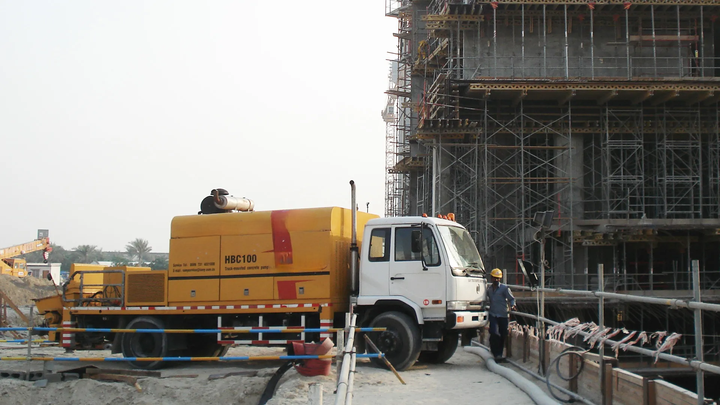
-
The Environmental Imperative: Concrete's global impact (CO2 from cement, energy use). Machinery's role (diesel emissions, energy consumption, waste generation, noise pollution).
-
Key Strategies for Eco-Friendly Machinery:
-
Electrification: Boom in electric mixers (drum, volumetric), pumps (line, smaller booms), compactors. Zero tailpipe emissions, significant noise reduction. Challenges: Battery capacity/charging for large booms/heavy equipment, grid reliance (greening the grid needed). Highlight 2025 availability.
-
Hybridization: Combining diesel gensets with electric drives (e.g., pumps using diesel for propulsion/hyd power, electric for auxiliaries/regenerative braking). Reduces fuel consumption and emissions substantially.
-
Alternative Fuels: Adoption of HVO (Hydrotreated Vegetable Oil) biodiesel blends in conventional diesel engines – lower particulates, CO2 reduction (depending on feedstock). Exploration of hydrogen fuel cells for larger machines (longer-term).
-
Energy Efficiency: Optimized hydraulic systems (variable displacement pumps, load-sensing), improved engine designs (Tier 4 Final/Stage V compliance minimum), LED lighting, automatic shutdown systems. Reduced idle times via telematics.
-
Water Conservation: Closed-loop water systems in washout areas, rainwater harvesting for mixing/washing, high-pressure/low-volume wash systems. Telemetry for leak detection.
-
Dust & Noise Suppression: Advanced filtration systems (especially on crushers/screeners), enclosed conveyors, low-noise engine enclosures, electric equipment benefits.
-
Waste Reduction: Telematics/Optimization reducing over-pouring, volumetric mixers eliminating batch waste, efficient washout reclaiming water/solids, integration with recycling machinery (Article 19).
-
Sustainable Design & Manufacturing: Use of recycled materials in machine construction, design for disassembly/recycling, extended product lifespan via modularity.
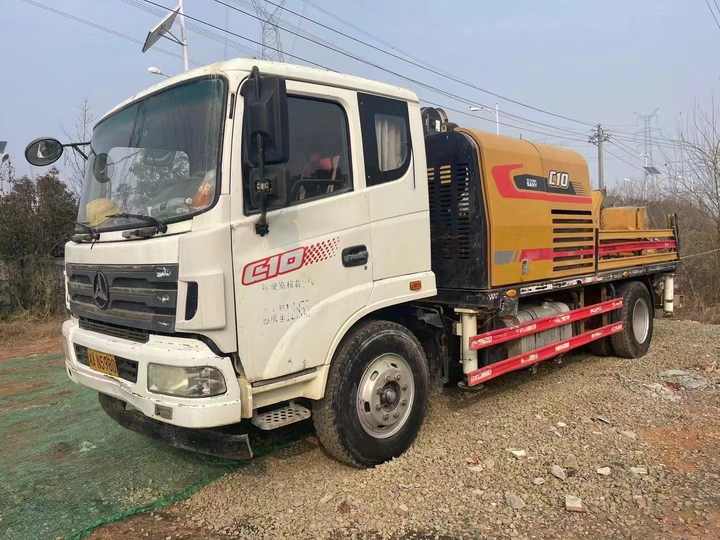
-
-
Lifecycle Thinking: Evaluating environmental impact from manufacturing through operation to end-of-life recycling. Importance of durability and maintenance.
-
Economic Case: Lower operating costs (fuel/electricity savings, reduced waste disposal fees), potential tax breaks/grants, meeting green building requirements (LEED etc.), enhanced corporate image, attracting talent.
-
Challenges & Future: Upfront cost premium (offset by TCO), charging infrastructure for EVs, battery recycling, scaling hydrogen. Continued R&D is crucial.
-
 Global Concrete Machinery Mark
Global Concrete Machinery Mark
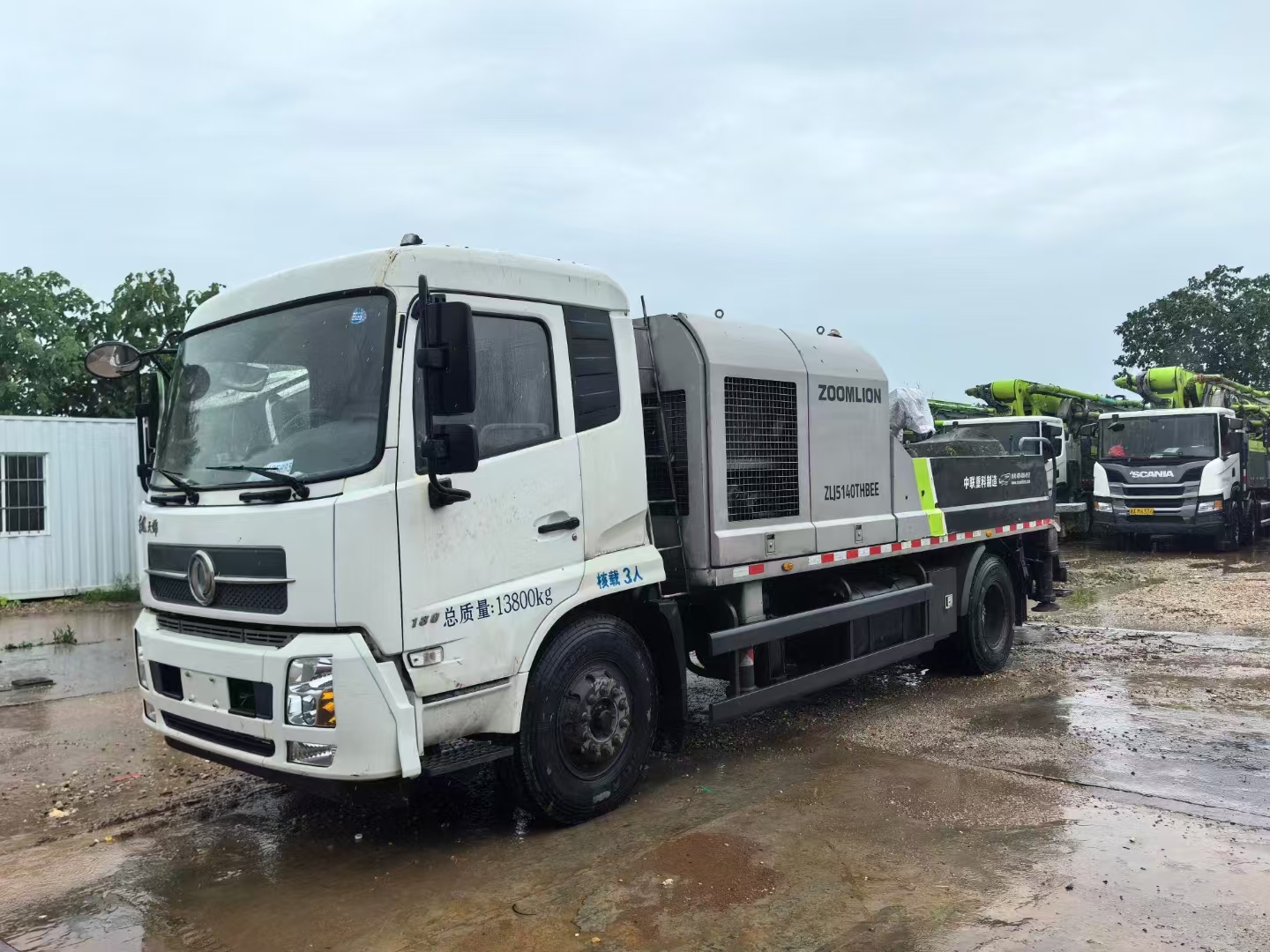 Concrete Recycling Machinery:
Concrete Recycling Machinery:
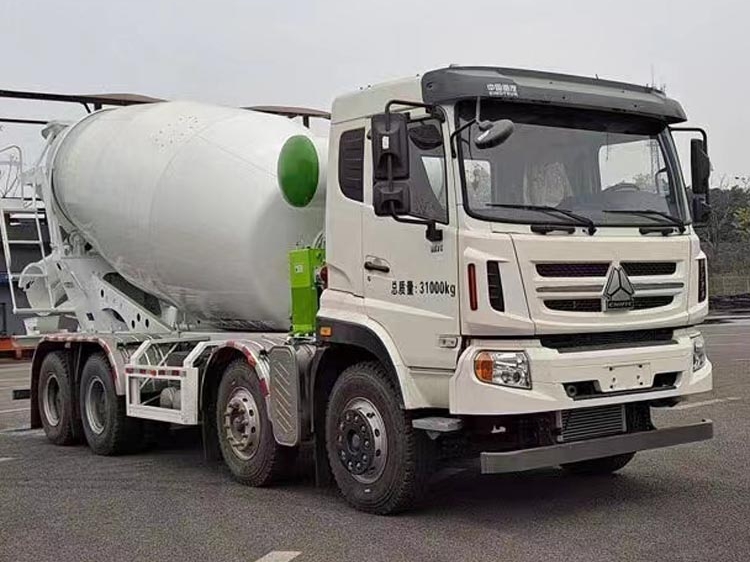 Latest Technological Advanceme
Latest Technological Advanceme
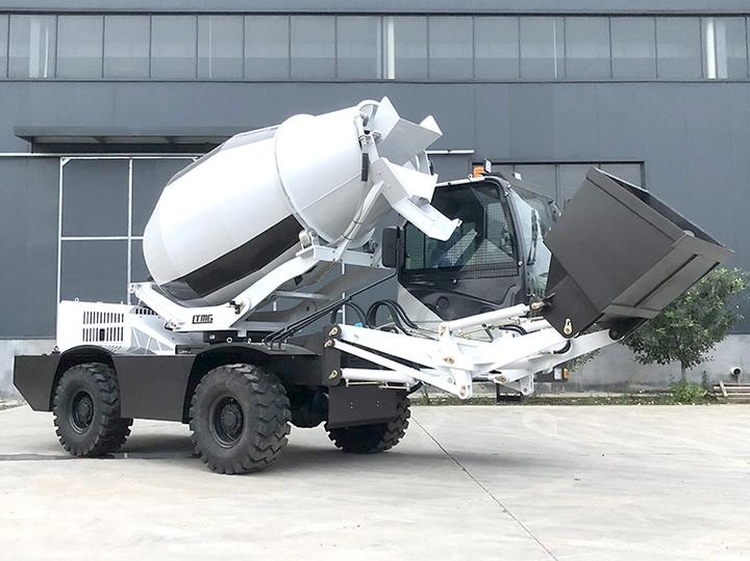 Energy-Efficient Concrete Mach
Energy-Efficient Concrete Mach
